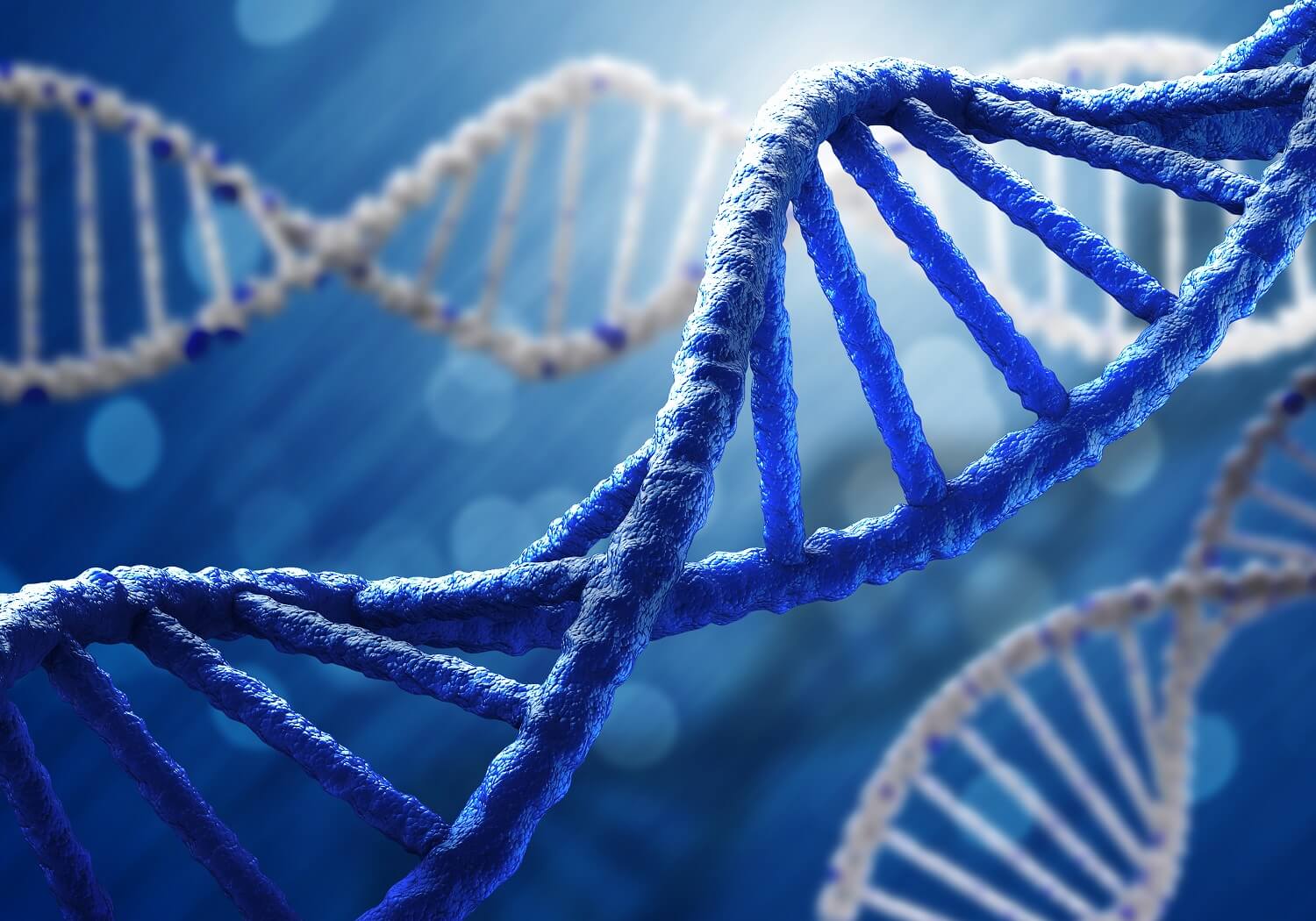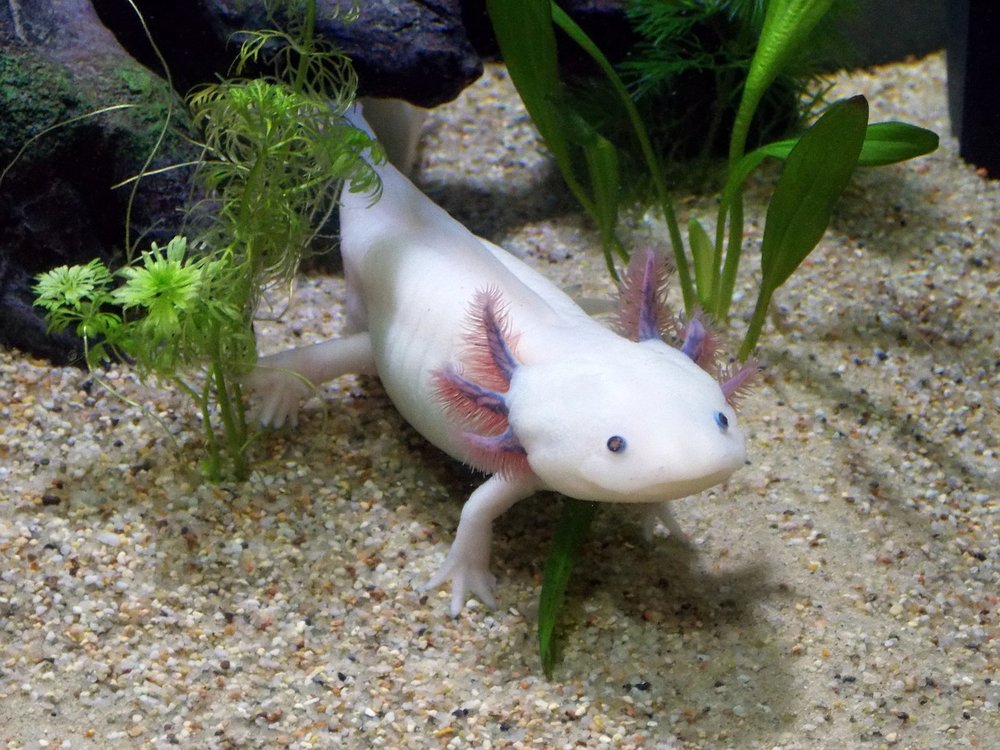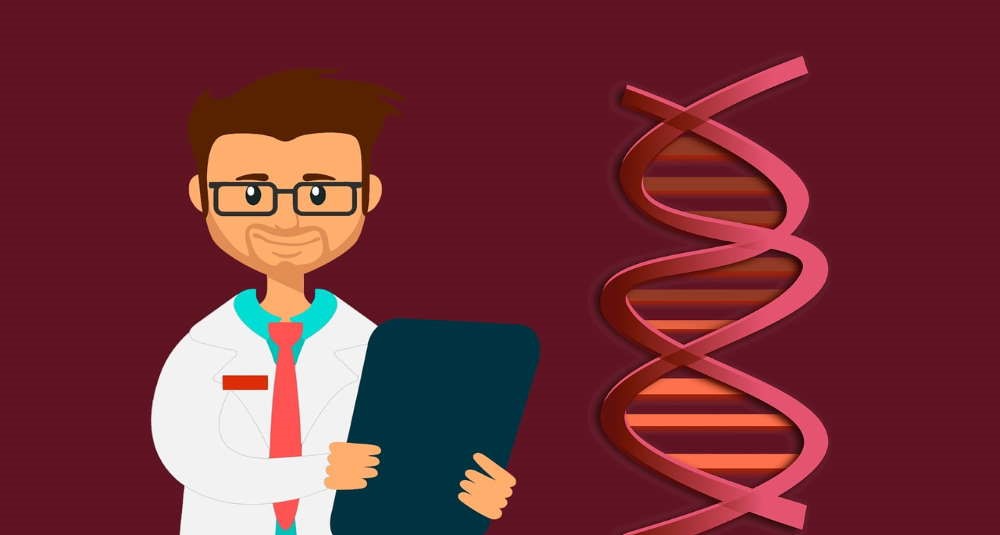A new study has confirmed that the human body is, in fact, a complex mosaic made up of clusters of cells with different genomes. The largest such study to date compiles data from thousands of samples collected from about 500 people and 29 different types of tissue. Scientists say that “normal” human tissues are permeated with mutations and many cells in the body bear mutations that could contribute to cancer. These findings could help scientists better understand how cancer starts.
“We now appreciate that we are mosaics’, and that a substantial number of cells in our body already carry cancer mutations,” Iñigo Martincorena, a geneticist at the Wellcome Sanger Institute in Hinxton, said for Nature. “These are the seeds of cancer.”
DNA errors during cell divisions and exposure to environmental factors, such as ultraviolet light, contribute to the accumulation of mutations and rise of tissue diversity. When one cell with a given mutation divides, it can create a patch of tissue that is genetically different from its neighbours. Previous studies have found high levels of mosaicism in the skin, oesophagus, and blood. Typically scientists would sequence specific genes from microscopic tissue samples.
Gad Getz, a computational biologist at Massachusetts General Hospital in Boston, got interested in this topic and wanted to learn more. He and his team decided to take a different type of data to come to a conclusion. Rather than sequencing DNA from minute samples, they have mined a database of RNA-sequence data from the Genotype-Tissue Expression (GTEx) project. The body uses some of the DNA as a template for making RNA sequences, so mutations in DNA are sometimes reflected in RNA. This approach provided Getz with quick access to data from 6,700 samples taken from 29 tissues in about 500 people.
Unfortunately, no method is perfect. The team missed mutations in DNA that does not code for RNA. Also, the samples used for the GTEx project are relatively large. The DNA signature from small clusters of cells with unique genomes might be drowned out by far larger numbers of other cells. Their findings were published in Science.
Martincorena said that the latest analysis provided proof that mosaicism is present across a wide array of tissues. What also came as a surprise is that fewer examples of mosaicism were found in some types of tissue.
Furthermore, study results show that tissues with a high rate of cell division tend to have more mosaicism than tissues with lower rates of cell division. Such tissues are skin and oesophagus. Age also has a relevant role. Mosaicism increased with age, and is prevalent in tissues that are more exposed to harmful environmental factors such as lungs and skin.
Certain changes in TP53, a gene which helps to repair DNA damage and is known as the “guardian of the genome”, are associated with cancer. This important gene was one of the most common mutation sites. Fortunately, scientists think that it might take additional mutations in other genes before cells give rise to tumours.
“What we’re seeing are some of the earliest precancerous changes that are then going to accumulate more mutations,” said Erin Pleasance, who studies cancer genomics at the British Columbia Cancer Agency in Vancouver, Canada. “Eventually a small proportion of these may become cancer.”
Cristian Tomasetti, an applied mathematician at Johns Hopkins Medicine in Baltimore and his team were surprised with some of the results. For example, finding that some of the mutations, usually associated with cancer and possible indicators of the presence of a tumour, came from a group of normal blood cells. They are trying to find ways to sort out which of those cells will become tumours and which are “normal”. According to Tomasetti, this information could be crucial for improving efforts to detect cancers early. Among others, Tomasetti has developed methods for detecting tumour DNA circulating in the blood. Many researchers hope these will bring forth new ways of early cancer detection.
“This messy situation is the new normal,” said Tomasetti. “The challenge is now to figure out up to what point we call something normal.”
Learn more about cancer in the video below:
By Andreja Gregoric, MSc











